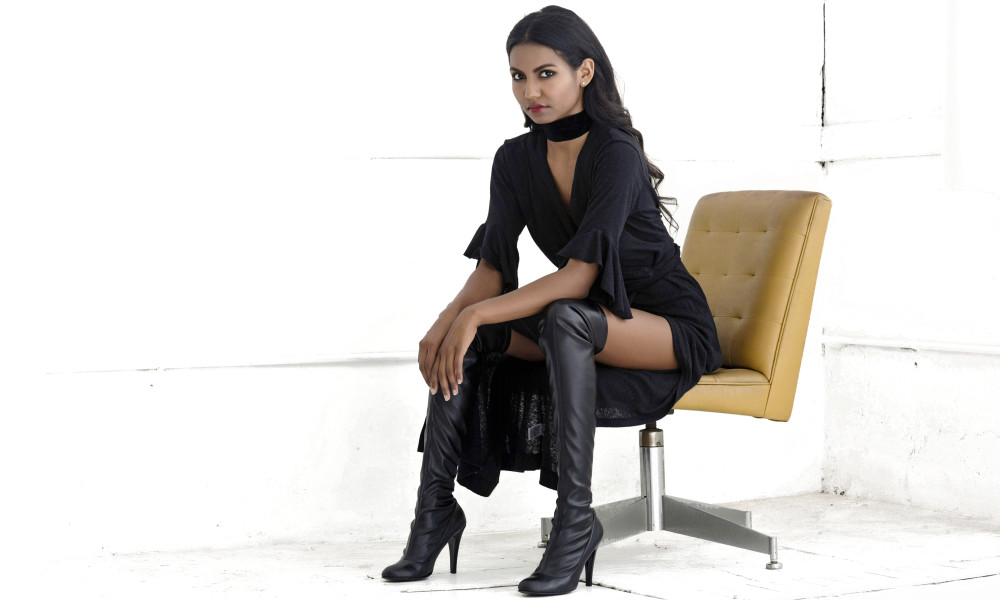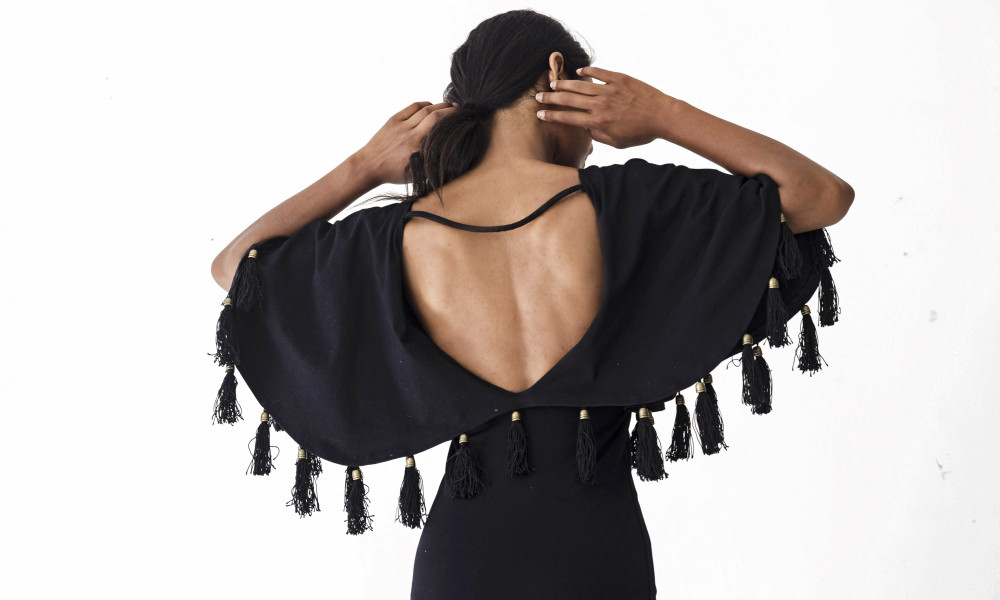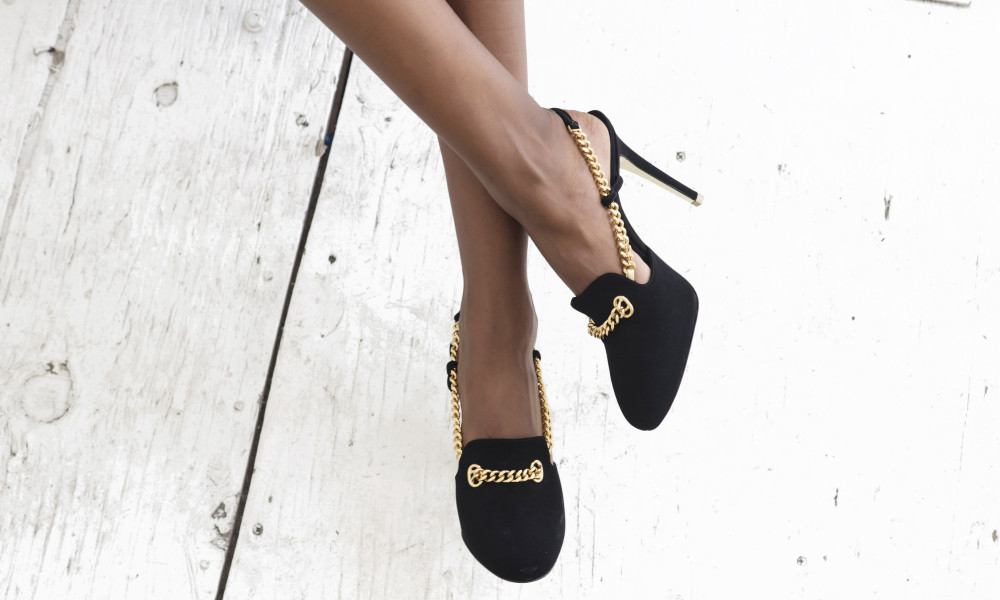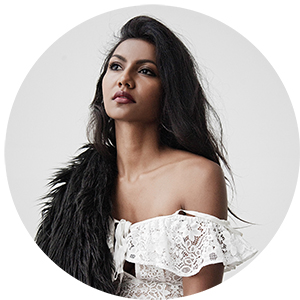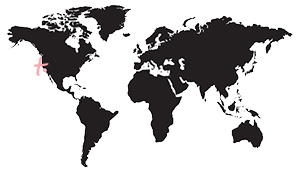If you want some great tips on how to run a successful fashion blog, you have come to the right place, so keep reading! This will teach you about setting it up, spreading the word, posts, and more.
Define Your Fashion Angle
Before anything else, you need to know what aspect or elements of the fashion world you want to blog about. It’s a large industry and you don’t want to make a pretense of trying to cover the whole thing. Pick a niche that is of interest to you, that you know a lot about and that inspires you to write about, keep learning about and share with others. While there are many possible ways to break down the fashion angle, here are some suggestions just to get you thinking about your own:
- Fashion for mid to late teens
- Fashion on the catwalks of Europe
- Fashion for office work in big cities
- Fashion for winter vacations
- Fashion for babies and young children
- Fashion on a budget
- Fashion fixes for thrift shop finds, etc.
Choose a Great Name For Your Blog
Many good blog names already exist, so you’ll need to be very imaginative but with a little effort, it will be possible to come up with something of your own that stands out. Spend some time writing out lists of possible names, test them on family and friends and mull over the names for a few days before reaching a decision. If you’re blogging with others, do a brainstorm session together.
Decide on a main theme and layout for the blog
While the theme will obviously be focused on fashion, it’s the design elements you’ll need to customize. Make the design exciting and fun so the viewers will keep coming on the site from the start. Don’t make it too busy, but equally, don’t make it bland; find a balance that exudes elegance, confidence and simplicity. If you’re not sure, hire a web designer to help you; this can be done easily through online sources.
Decide how large your images will be. Large images are preferred by those using portable digital media, as the screens are smaller. Small images tend to have less impact and important details can be easily lost.
Choose a color theme that your blog will be identified with.
Do you have a main color or set of colors that you think work well for your fashion statement? Do test runs of different colors and combinations of colors to see what works best for your layout.
When choosing colors, bear in mind the fashion you’ll be covering. Colors connote different meanings, such as gold and metallics for sophistication and evening fashion; pinks and pastels for girly or children’s fashion; navy blues and dark colors for work fashion; and greens, blues and browns for eco-fashion.
Choose heading and font styles wisely
Headers help to break down the text and make for easier reading; they also allow you to draw the reader’s eye quickly, allowing the reader to hone in on what he or she is really interested in. The headers should match the theme and layout as perfectly as possible. As for font style, match it your readership, while accounting for ease of reading in the online context. Some fonts are better for a more quirky, younger and less sophisticated approach, while other fonts are better for the more serious-minded. Do your research before choosing.
Develop some brief but informative statements and name structures
It is important that readers can quickly work out what your blog is about, and have these form a permanent part of the blog’s layout. These statements should be short, to the point and as catchy/interesting as possible. The principal ones to develop include:
- The byline under the blog’s name. Usually a one to two liner, this should summarize the blog’s purpose.
- Profile. This is the chance to write a glowing background to the purpose of the blog and cool information about those behind it.
- First post. This is a great place to explain the future direction of the blog. It can be linked on the side bar for those who wish to read it many months or years down the track.
- Categories or tags. Do not neglect the categories or tags you’re going to have. They need careful selection and naming, to make it easy for readers to pull together all posts on a particular topic or theme that interests them.
- Don’t be too simplistic. For example: “A blog about fashion” is a tad too broad.
famous fashion blogger, youngest fashion blogger, top fashion blogger, fashion blogger, fashion designer blog, los angeles fashion designer blog, la fashion blog, los angeles fashion blogger, best fashion blogger in los angeles, american fashion blogger, american fashion, us fashion blogger,
